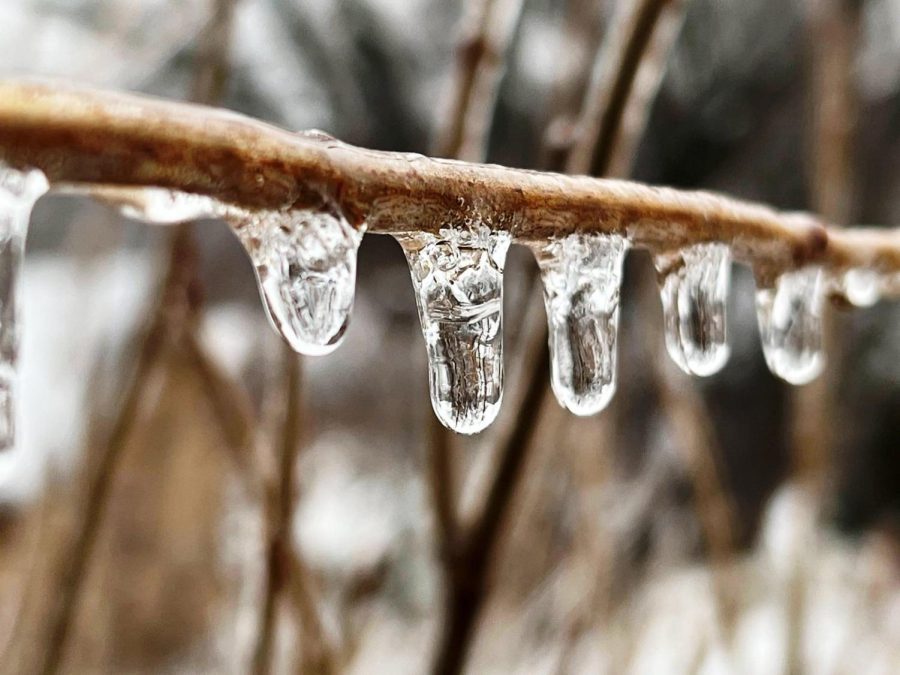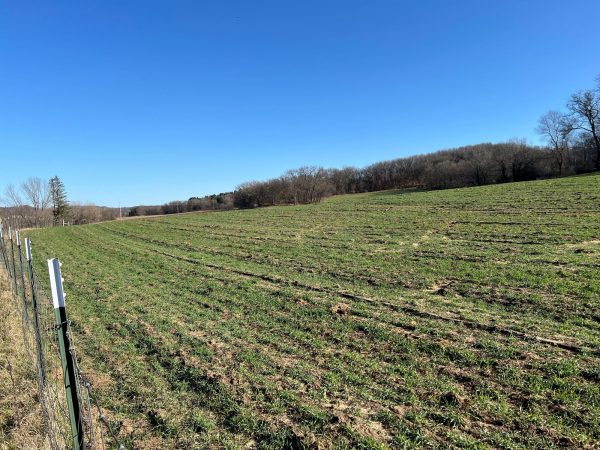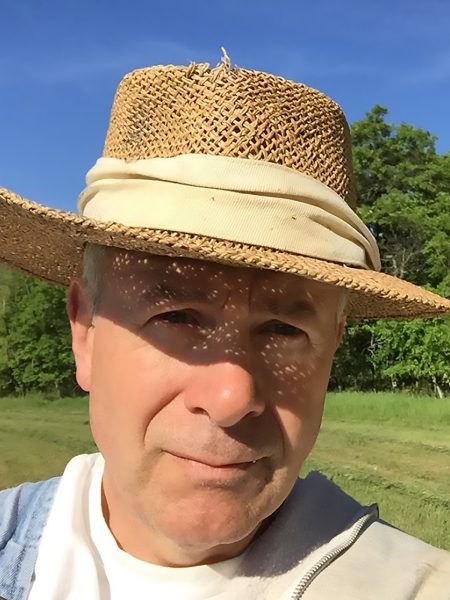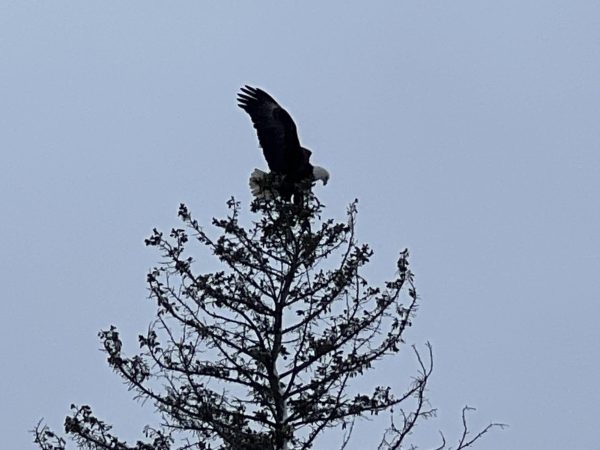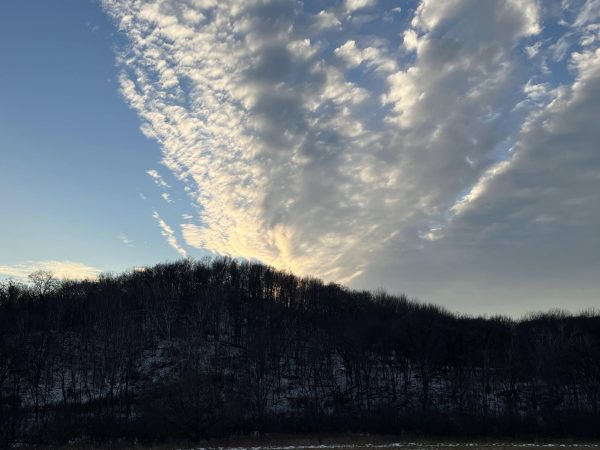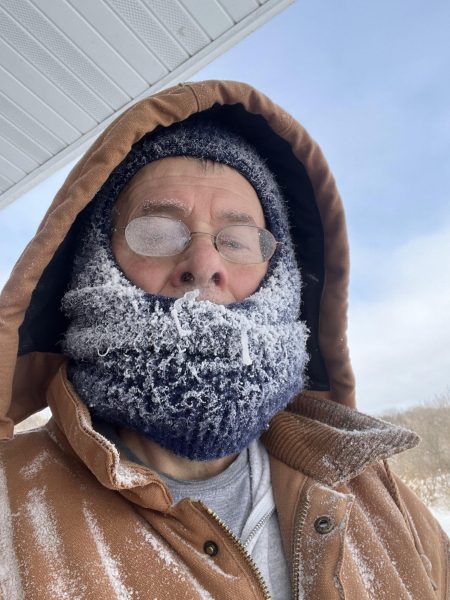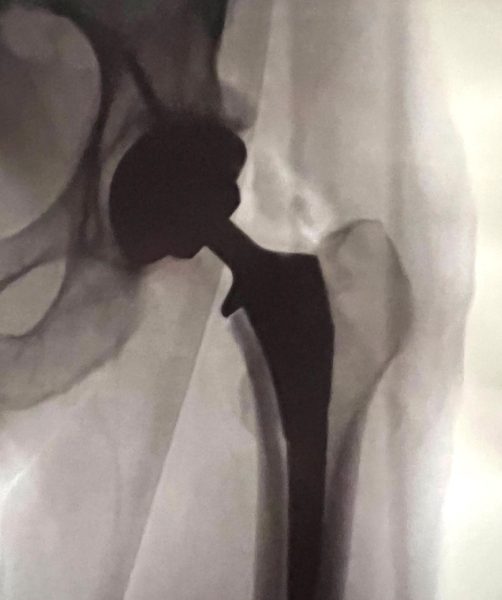A tale of ice
Icicles form on a bush.
March 5, 2023
While politicians and others way above my station and pay grade continue to debate, expound upon and expunge homosapien influence on the stratosphere, one thing I know for sure. The winter weather has changed and we’re seeing way more rain and ice.
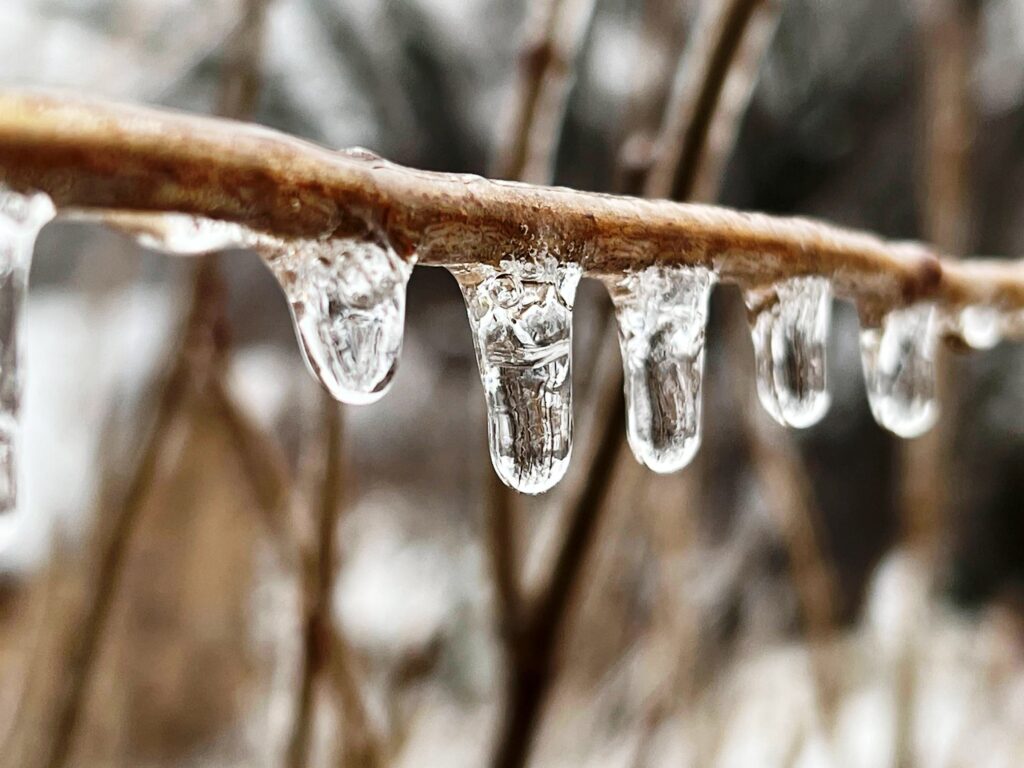
Recently our farm was in the middle of the imaginary weather line, with more rain south of us and more snow to the north. Just a few days after we were on the snow end of the weather front with about 9 inches, we received freezing rain and a coating of ice.
Ice when you are doing outside chores – driving or even walking – is bad news. As my late engineer father turned farmer was fond of saying, the coefficient friction of ice is pretty much nil. In other words, you get more traction by walking on a linoleum floor with banana peels strapped to your feet.
One of Wisconsin’s historically worst ice storms was Feb. 21-23, 1922 with ice accumulations of 1 to 2 inches and as much as 4 inches of ice buildup on trees and power poles. Power, telephone and telegraph service were knocked out for up to 15 days. The storm dropped 1 up to 4 inches of rain and northern parts of the state had up to 3 feet of snow. Property damage was $10 million.
More recently – at least during my lifetime – was the ice storm on March 4 and 5, 1976 left up to 5 inches of ice in the southern parts of the state, knocked out power for up to 10 days and caused $50.4 million in damage.
The National Weather Service says the most severe icing was from Grant County eastward to Washington and Ozaukee counties. Washington County was hard hit with 1,500 utility poles snapped off and roads closed by fallen trees, poles and wires.
Personally I remember an ice storm on Dec. 28, 1980. My folks were in Las Vegas and I was helping my cousin with the daily chores, but had the Sunday afternoon off. I was 17 and I picked up my girlfriend (now wife) Sherry and we went to La Crosse for the day to see a movie and do some shopping.
I could have cared less about the weather or even the weather forecast. I remember hearing the sound of rain on the roof of the movie theater and the streets were wet when the movie ended in the early evening. There was nothing that made me concerned, so we had supper and went to ShopKo.
My car at the time was a 1978 Mustang II with rear-wheel drive and bias ply tires. A pretty steady drizzle was coming down as we headed through Holmen to her home outside of Mindoro.
It wasn’t until we were a couple of miles out of Holmen (which now would be close to the village limits) and turned left to follow Hwy. D towards Mindoro that we realized how slippery it was. As soon as we turned, the car started to slide and fishtail. I slowed way up but a few hundred yards later we went straight into the ditch as I was helpless to stop it.
In those pre-cell phone days you had to hike for help, which is what I started to do when I saw a farmer coming down the road with a tractor. I flagged him down and asked if he would pull us out. He replied that he would – after he took care of another car ahead of us that also had gone into the ditch.
Soon the farmer was back and he pulled us back to where we turned off. I slipped him some cash – probably the last of the slim pickings in my wallet – and we decided to continue down Hwy. M to try an alternative route to Mindoro. Another car passed us and went into the ditch. The farmer had a busy evening.
There is no way to get from Holmen to Mindoro without going over a big ridge. So to help us get some traction – any traction, really – I drove with the passenger side tires on the gravel shoulder. It was a white-knuckled ride, as much of the hill had no guard rail and we were only a few feet away from tumbling down a steep ravine.
Foot by foot, we slowly climbed the hill and I crept down the other side. When we reached Mindoro, we stopped at a friend’s house and called Sherry’s parents – who lived on the other side of another big hill. Using the same driving on the shoulder technique, we pulled into her yard late that night.
I called my cousin and said because of the terrible roads, I was going to stay at Sherry’s house that night, so I wouldn’t be there for the morning chores. He laughed and said that was a ‘likely story,’ but he knew the conditions were bad. There was no school the next day as it was the holiday break.
Monday morning I waited several hours for the sand and salt trucks to do their job and headed for home – which was still about 20 miles away. The roads were fine until I got past Melrose and turned on Hwy. N – about 9 miles from home. That road had not been sanded and I slid into the ditch about a mile down the road.
Miraculously, I was able to get myself unstuck and I proceeded down the road. But a small incline was too much to overcome – no gravel shoulders – and I slid into the ditch again. I walked about a mile to a local farmer I knew and he came to pull me out – just as the highway department came by with sand.
I arrived home about 2 p.m. and almost immediately had to turn around and drive 15 miles back the same direction that I just came to go to wrestling practice.
No damage to the car.
No one was hurt.
A lesson learned.
Oh, to be young and foolish again.
Chris Hardie spent more than 30 years as a reporter, editor and publisher. He was nominated for a Pulitzer Prize and won dozens of state and national journalism awards. He is a former president of the Wisconsin Newspaper Association. Contact him at [email protected].

